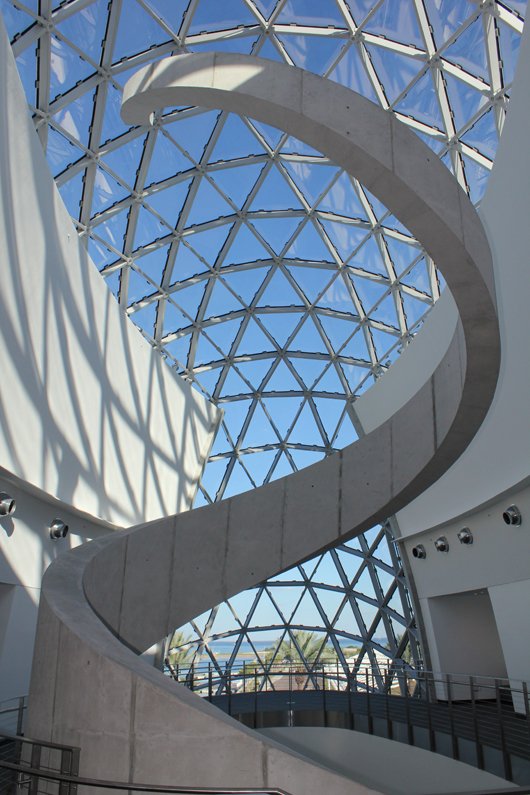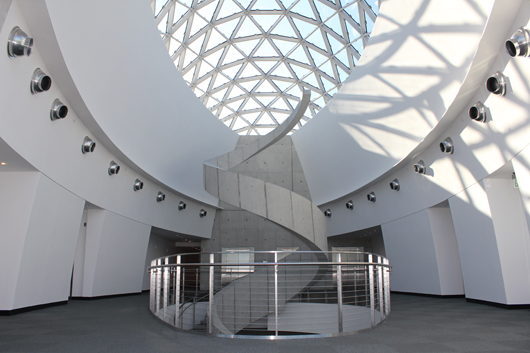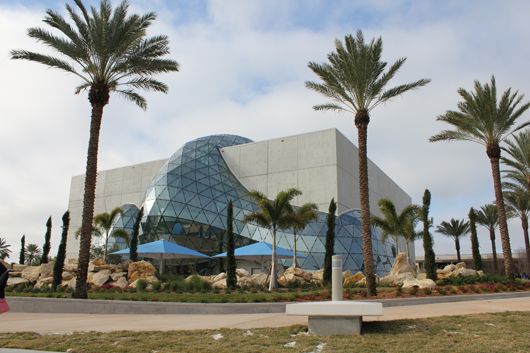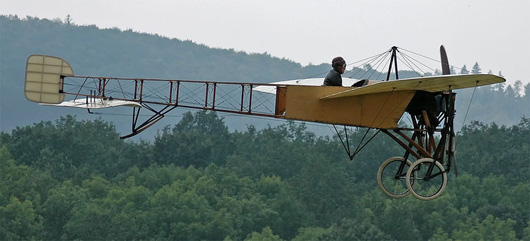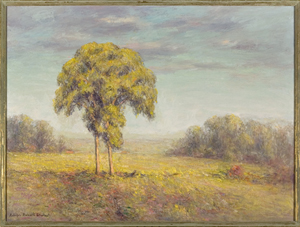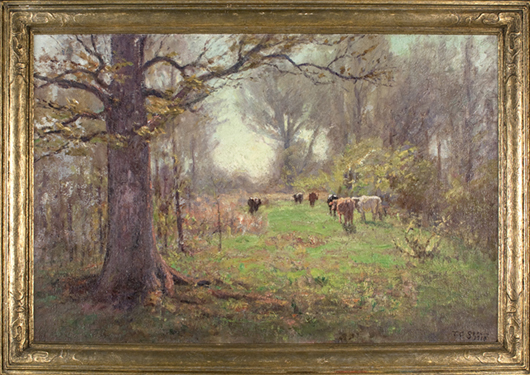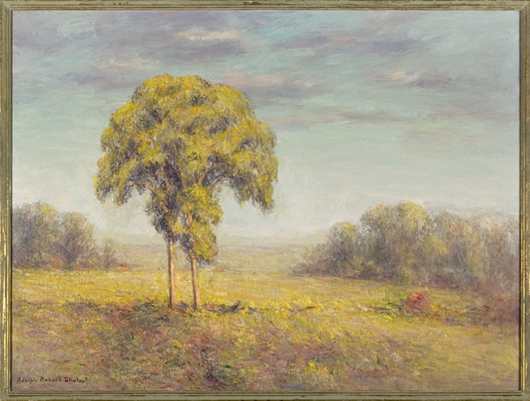LAS VEGAS (AP) – The co-defendant who stood trial with O.J. Simpson in a 2007 armed robbery and kidnapping case was sentenced Tuesday to three years of probation, including nine months of home detention, after taking a plea deal that avoids a retrial of his case.
Clarence “C.J.” Stewart, a former Simpson golfing buddy, was one of five men who took part with the football star in the gunpoint robbery of two sports memorabilia dealers in a Las Vegas hotel room.
He apologized before sentencing and vowed to go forward “only with things positive and try to get back to my life.”
“I have learned a lot, and I am quite changed,” the 56-year-old Stewart said.
Collectibles dealer Bruce Fromong said he was unhappy that a “technical error” at trial gave Stewart what Fromong called a “get out of jail free card.”
Clark County District Court Judge Jackie Glass cautioned Fromong that she wouldn’t tolerate another outburst like his exclamation in December 2008 – “You’ve got to be kidding me!” – when a gunman in the case was given probation after pleading guilty and testifying for the prosecution.
Speaking Tuesday as a victim in the robbery, Fromong blamed shoulder and leg injuries, four heart attacks, an inability to work, vandalism at his North Las Vegas home, his need to take prescription medication, the loss of his house and boat and a near-bankruptcy on Stewart and the September 2007 robbery at the Palace Station casino-hotel.
“This has affected me physically, emotionally, and has affected my family,” the 56-year-old Fromong said, leaning both hands on the back of a chair as he addressed the judge.
“Mr. Stewart and I both know he’s guilty. We’re the only ones here who were in the room.”
Fromong also alleged that audio recordings the jury heard in the 2008 trial had been altered, and complained that he never received $3,640 in restitution that Glass had ordered Stewart, Simpson and the other four co-defendants to pay.
Glass instructed prosecutor Frank Coumou to ensure the restitution is collected and paid.
Outside court, Stewart said he was sorry for Fromong’s plight and said he would pray for him.
“I have no animosity toward him,” Stewart said.
Stewart served more than two years in prison before the Nevada Supreme Court granted him a new trial, ruling in October that Simpson’s fame and notoriety tainted the proceedings.
The state high court upheld Simpson’s conviction, but the former football and movie star’s attorneys are seeking a rehearing.
Stewart’s so-called Alford plea last week to felony robbery and conspiracy sealed a plea deal that avoided a retrial. He didn’t admit guilt, but acknowledged that prosecutors could prove their case at trial.
At the time, Clark County District Attorney David Roger called nine months of house arrest after 27 months in prison an appropriate punishment for a defendant who played a minor role in the heist.
Glass echoed those comments Tuesday as she tacked on three years of probation.
“You went to trial. You were convicted. You did time in prison,” the judge said. “This time, you made a more prudent decision.”
Glass also acknowledged a retrial would have revolved around Simpson.
“We couldn’t have taken Mr. Simpson out of the trial,” she said. “He might not have been sitting next to you, but he certainly still would have been in the room. Because that case is all really about him.”
Stewart left the courtroom a convicted felon but a free man.
Simpson, now 63, is the only person convicted in the case still in prison. He is serving nine to 33 years at Lovelock Correctional Center in northern Nevada.
Copyright 2011 Associated Press. All rights reserved. This material may not be published, broadcast, rewriteen, or redistributed.
AP-CS-01-11-11 1432EST



